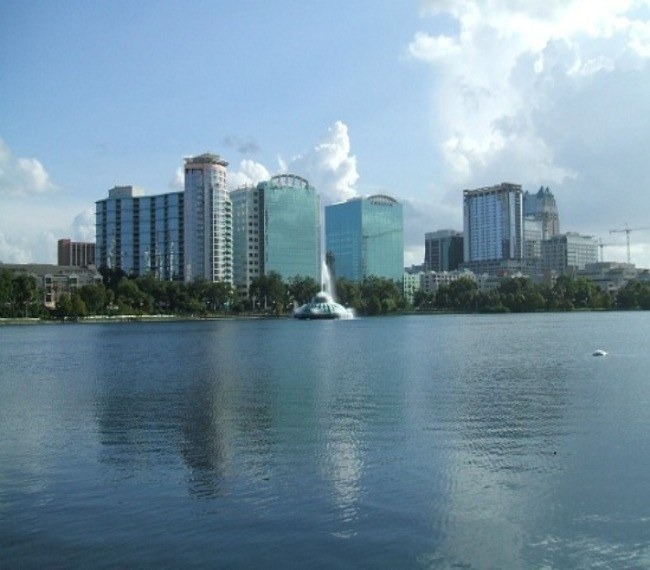America's 20 Most Gluttonous Cities
What does it take to be one of the most gluttonous cities in the nation? While obesity rates come into play, being gluttonous is not just about being overweight. Furthermore, gluttony is about the quantity of food available to a certain population, and the kind of food available to them. When you're looking for cities that take food consumption to the next level, you're talking about ones that have high concentrations of fast-food restaurants, grocery stores, and full-service restaurants per capita — cities that have a McDonald's next to a 7-Eleven next to a discount supermarket housing a Dunkin' Donuts Express, all on one block.
Click here for the America's Most Gluttonous Cities Slideshow
OK, that may be an exaggeration, but these were some of the factors that went into determining America's 20 most gluttonous cities. Ranking them involved considering the most recent reports from the U.S. Department of Agriculture, the U.S. Census Department, and the Center for Disease Control on the number of grocery stores and supermarkets per capita, the number of fast-food establishments, the number of full-service restaurants, and rates of obesity. In order to arrive at the top 20 cities, this data was then weighed against similar research compiled by private research firms such as Pinpoint Demographics.
In order to paint a more accurate picture of which cities in the nation are the most gluttonous, the scope of each city was measured by its Census-designated metropolitan area. The top 20 cities are ranked according to how often the greater area appeared in the four categories (grocery stores, fast-food restaurants, full-service restaurants, and obesity rates). The statistics on each slide reflect that of the city proper.
Interestingly, surprisingly few cities in the South and Midwest (which are the regions where higher obesity rates are overwhelmingly prevalent) made the final list. While cities like Birmingham, Ala., and Macon, Ga., have extremely high levels of obesity, their statistics in the other categories were not significant enough to make the top 20. It should be noted that the cities in these regions that did make the list tend to have some of the highest scores, such as Houston, which has nearly double the number of grocery stores as Philadelphia and a 10 percent-higher obesity rate than San Francisco.
Speaking of California, the state that's known for touting a health-conscious approach to food actually has the most cities on the list. In fact, Los Angeles has nearly twice as many fast-food restaurants, full-service restaurants, and grocery stores as Chicago (though the deep-dish pizza capital has a significantly higher obesity rate.) And Miami, the nation's quintessential beach body destination, has more than twice the number of fast-food restaurants as Columbus, Ohio.
Ultimately, it turns out that America's largest cities are its most gluttonous (all of the ones on the list have a population greater than 100,000), but you may be surprised by places that didn't rank. You won't find Atlanta, Denver, or Boston, for instance. Cities are featured in ascending order. Find out where yours ranked by viewing the slideshow.
Methodology
For our list, we compared the most recent data regarding the number of grocery stores per capita according to the U.S. Census Department and the per capita number of fast-food and full-service restaurants according to the U.S. Department of Agriculture along with adult obesity rates compiled by the Center for Disease Control. Each city was given points according to their ranking on the list; the cities that ranked the highest overall for their number of food outlets and obesity rates made the final list of cities that consume the most.
